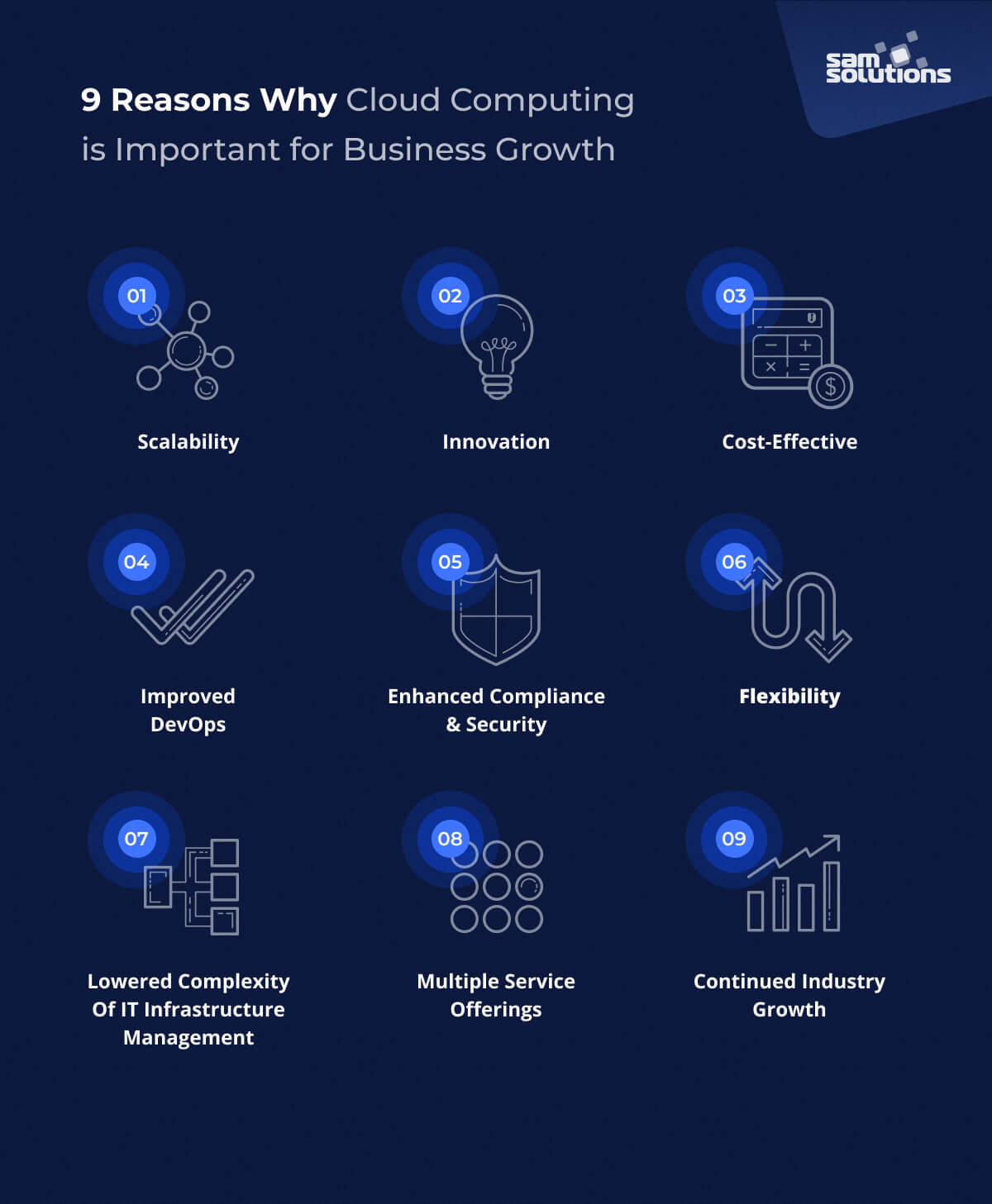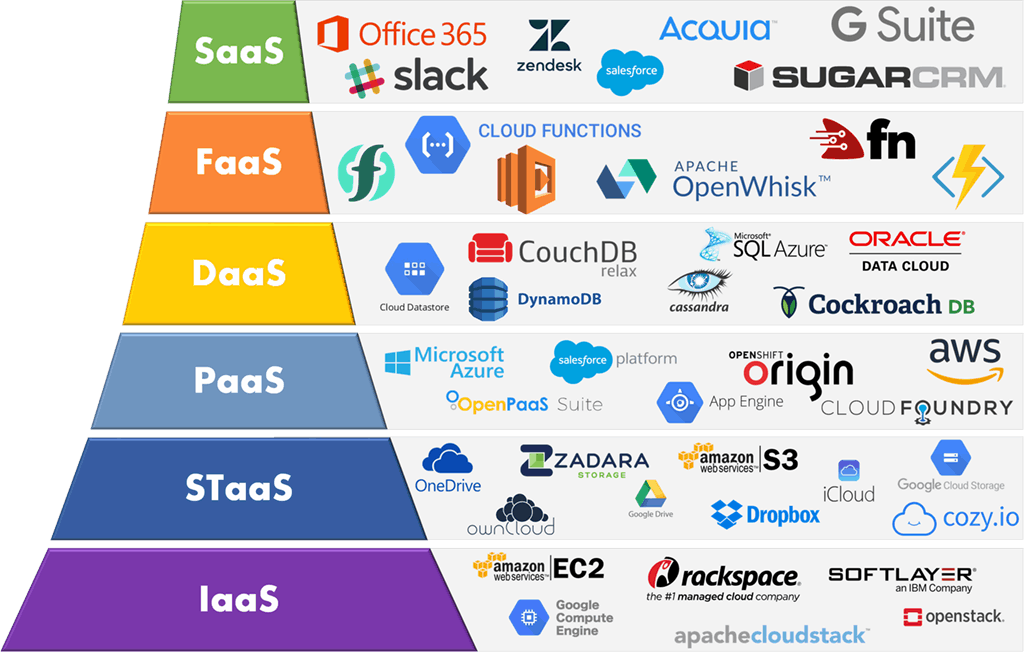Newest Cloud Services Press Release: Technologies and Sector Updates
Wiki Article
Achieve Seamless Scalability With Cloud Solutions
In the ever-evolving landscape of cloud services, accomplishing seamless scalability stands as a cornerstone for modern companies seeking to remain competitive and versatile. The ability to easily broaden or contract resources in reaction to altering needs is an essential benefit in today's busy electronic setting. By grasping the art of scalable cloud remedies, organizations can not only maximize performance and simplify operations but likewise lead the means for future growth and technology. The mission for seamless scalability with cloud services unveils a world of opportunities for those willing to welcome the transformative power of vibrant resource management.Benefits of Cloud Scalability
Cloud scalability uses companies the adaptability to dynamically readjust resources based on demand, making certain ideal performance and cost effectiveness. Furthermore, cloud scalability promotes development and trial and error by enabling companies to conveniently check new concepts and range them as required. Inevitably, the advantages of cloud scalability extend beyond cost financial savings to incorporate better performance, dexterity, and innovation.Key Attributes for Scaling
Reliable scaling in cloud services depends on crucial functions that enable companies to adjust resources dynamically based on need. One necessary attribute for scaling is flexibility, permitting resources to scale up or down in response to rising and fall workloads. This makes sure that organizations can fulfill efficiency demands without over-provisioning sources. An additional vital function is scalability, making it possible for systems to take care of enhanced work by adding sources effortlessly. This feature is critical for suiting growth without endangering efficiency. Additionally, automation plays a crucial function in scaling by automating the provisioning and de-provisioning of sources based upon predefined policies. Automation minimizes human treatment, boosts efficiency, and makes certain rapid action to transforming demands. Surveillance and analytics devices are likewise crucial for scaling, providing insights into resource usage, efficiency metrics, and possible bottlenecks. These tools enable companies to make educated decisions and enhance source allotment for effective scaling. In general, these crucial features jointly encourage companies to achieve smooth scalability in cloud services.Applying Auto-Scaling Techniques
To efficiently optimize source allocation and adapt to differing workloads, companies have to tactically apply auto-scaling techniques in their cloud solutions infrastructure. Auto-scaling enables systems to immediately readjust the number of calculate sources based upon real-time demand. There are numerous auto-scaling techniques that organizations can utilize, such as predictive scaling, which utilizes historical information to forecast future source requirements, and reactive scaling, which responds to existing work changes.
Best Practices for Scalability
For organizations intending to improve their scalability in cloud services, carrying out ideal methods is critical for optimum efficiency and resource management. One secret best practice is developing applications with a microservices style. This method breaks down applications into smaller, independent solutions that can be released, updated, and scaled individually, enabling for greater adaptability and scalability.One more vital technique is using containerization innovation, such as Docker or Kubernetes. Containers allow the packaging of applications and their dependences right into separated devices, making it less complicated to scale elements separately and release them continually throughout different atmospheres.
Additionally, carrying out automated implementation and facilities as code (IaC) can enhance scalability efforts (linkdaddy cloud services). Automation devices like Terraform or Ansible help in provisioning and managing sources successfully, decreasing hands-on errors and making it possible for quick scalability
Moreover, keeping track of efficiency metrics, establishing notifies, and conducting normal ability preparation are crucial methods to ensure aggressive scalability monitoring. By sticking to these best practices, companies can attain smooth scalability in their cloud solutions while optimizing performance and resource utilization.
Tracking Performance Metrics
When examining the efficiency of cloud solutions scalability, very closely keeping an eye on efficiency metrics is important for making sure optimum capability and source allocation. By constantly tracking crucial efficiency signs (KPIs) such as action times, throughput, latency, and resource utilization, companies can gain valuable insights into the health and performance of their cloud facilities. Checking efficiency metrics permits the very early detection his comment is here of potential bottlenecks or problems that might impact scalability, allowing proactive procedures to be taken to address them before they rise.

Final Thought
To conclude, accomplishing smooth scalability with cloud services is necessary for organizations to maximize performance, improve technology, and keep high efficiency levels during peak times. By leveraging the advantages of cloud scalability, applying auto-scaling methods, using vital attributes such as elasticity and automation, and complying with finest techniques like application style and performance tracking, organizations can efficiently scale their systems while making the most of resource utilization and efficiency.The mission for seamless scalability with cloud services introduces a globe of opportunities for those ready to accept the transformative power of vibrant source monitoring.
Cloud scalability uses companies the versatility to dynamically change resources based on demand, making certain optimum efficiency and expense performance. Another essential attribute is scalability, making it possible for systems to take care of enhanced work by adding sources flawlessly.For organizations aiming to enhance their scalability in cloud services, applying finest techniques is important for optimal efficiency and source management.When examining the efficiency of cloud services scalability, very closely checking performance metrics is necessary for making sure optimal capability and source allowance.
Report this wiki page